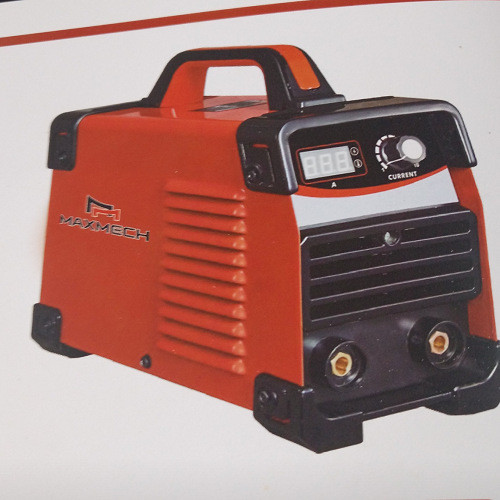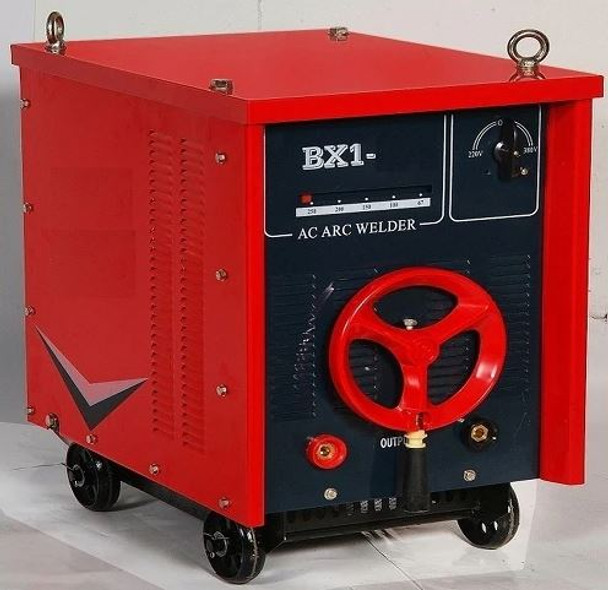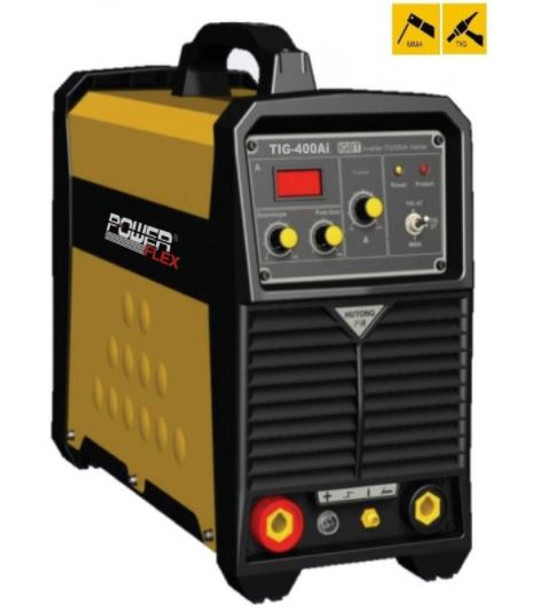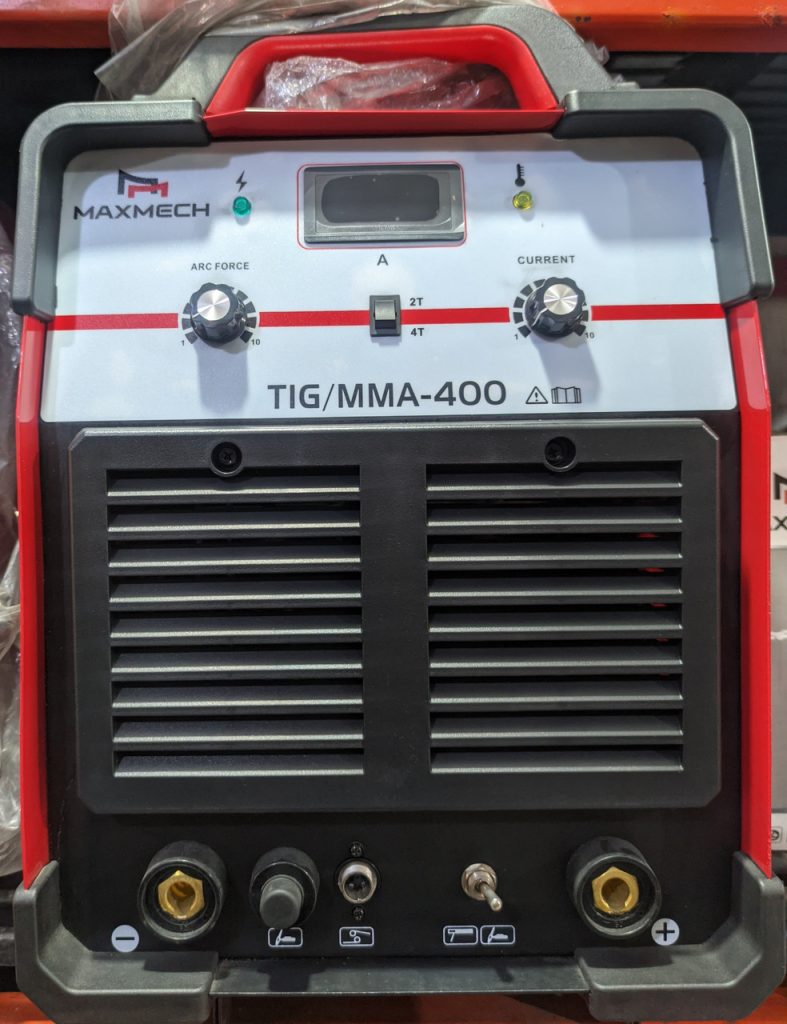10 Essential Safety Practices in Arc Welding Every Welder Should Know
Arc welding, the process of joining metals by melting them with an electric arc, is a skill that combines artistry with craftsmanship. In the hands of a skilled welder, metal is transformed, creating everything from towering skyscrapers to intricate sculptures. Yet, within this sparks and molten metal lies a crucial factor: safety.
Welding, by its very nature, presents a spectrum of potential hazards. From intense heat to high-voltage electricity and hazardous materials, welders work in an environment where the slightest lapse in safety can result in serious consequences. Welding safety is not an optional aspect of the craft but an essential part of every welder’s responsibility. The importance of welding safety cannot be overstated, and it encompasses a multitude of facets, including:
- Protecting Lives: The foremost purpose of welding safety is the preservation of human life. In welding, dangers lurk in the form of electric shocks, welding fumes, burns, and fires. Adequate safety measures and equipment act as the armor shielding welders from harm.
- Health and Well-being: Beyond immediate safety, welding safety is about safeguarding the long-term health of welders. Prolonged exposure to welding fumes, for instance, can lead to respiratory illnesses. Prioritizing safety is an investment in one’s health and longevity.
- Quality and Efficiency: Safety is not an impediment but an enabler of productivity and quality. A safe workspace minimizes disruptions caused by accidents, allowing welders to concentrate on their craft. Well-maintained equipment ensures consistent, high-quality welds.
- Legal and Ethical Obligations: Compliance with safety regulations is not just a legal requirement but also an ethical responsibility. Ensuring one’s safety and that of fellow workers is a testament to professionalism and integrity.

The 10 Essential Safety Practices in Arc Welding
1.Personal Protective Equipment (PPE)
Personal Protective Equipment (PPE) is the welder’s armor, providing essential protection against the numerous hazards encountered during arc welding.
A. Head Protection: Helmets and Headgear
Welding helmets are the welder’s window to the fiery world of welding. They shield the eyes and face from intense light and sparks. Modern welding helmets often feature auto-darkening lenses, which adjust the shade level automatically when the arc is struck, enhancing comfort and safety.
B. Eye Protection: Welding Goggles and Face Shields
Welding goggles offer additional eye protection, especially when working in confined spaces or intricate welds where a helmet might be cumbersome. Face shields provide full-face coverage and are invaluable when grinding or chipping slag.
C. Respiratory Protection: Welding Respirators and Ventilation
Welding produces fumes and gases that can be harmful if inhaled. Respiratory protection, such as welding respirators, filters out these contaminants, ensuring clean air for the welder. Adequate ventilation is equally crucial, as it removes welding fumes and maintains a safe breathing environment.
D. Body Protection: Welding Jackets, Aprons, and Gloves
Welding jackets and aprons shield the torso and arms from sparks and spatter. Welding gloves, often made of thick leather, protect the hands from burns and cuts. Special heat-resistant gloves are available for specific welding processes.

E. Foot Protection: Welding Boots and Shoe Covers
Welding sparks and molten metal can find their way to the feet, making protective footwear essential. Welding boots are designed with heat-resistant soles, while shoe covers provide a temporary barrier against sparks and hot metal.
2. Welding Environment Safety
Creating a safe welding environment is pivotal to preventing accidents and ensuring efficient work.
A. Proper Workspace Setup and Organization
A cluttered workspace increases the risk of tripping and accidents. Properly organizing tools, equipment, and materials minimizes hazards and improves workflow.
B. Fire Prevention and Control Measures
Welding involves open flames and sparks, making fire prevention paramount. Fire-resistant materials, fire blankets, and fire extinguishers should be readily available in case of emergencies.
C. Adequate Lighting and Visibility
Clear visibility is crucial for precision welding. Adequate lighting ensures welders can see their work clearly and detect any potential hazards.
D. Safe Storage of Welding Equipment and Materials
Storing welding equipment and materials properly prevents accidents. Gas cylinders, for example, should be stored upright and secured to prevent tipping.
E. Identification of Emergency Exits and Fire Extinguishers
In the event of a fire or other emergencies, quick access to exits and fire extinguishers can be life-saving. Properly marking and identifying these vital resources is essential.

3. Electrical Safety
Electricity is a fundamental component of arc welding, but it also poses significant risks if mishandled.
A. Grounding and Electrical Circuit Safety
Proper grounding of welding equipment prevents electrical shock hazards. Ensuring the welding circuit is in excellent condition is essential for safety.
B. Handling Electrical Cords and Plugs
Inspecting cords and plugs for damage and fraying is crucial to avoid electrical accidents. Damaged cords should be replaced immediately.
C. Inspecting Welding Machines for Electrical Safety
Regularly checking welding machines for electrical safety is essential. Faulty equipment can lead to electrical shocks or fires.
D. Protection Against Electrical Shocks
Electricity and water do not mix. Avoid welding in damp or wet conditions, and always keep hands and clothing dry when handling electrical components.

4. Welding Fume Extraction and Ventilation
Welding fumes are a silent, invisible hazard that can have long-term health effects if not managed.
A. Risks Associated with Welding Fumes
Welding fumes contain harmful particles and gases, including carcinogens. Prolonged exposure can lead to respiratory problems and more severe health issues.
B. The Importance of Adequate Ventilation
Proper ventilation removes welding fumes from the breathing zone, reducing health risks. Welding in confined spaces requires particular attention to ventilation.
C. Using Welding Fume Extractors and Hoods
Welding fume extractors and hoods capture fumes at the source, providing localized protection. These devices are especially valuable when welding in tight spaces or with limited ventilation.
D. Monitoring Air Quality in the Welding Area
Regularly assessing air quality using air monitoring equipment ensures that exposure to welding fumes remains within safe limits.
5. Safe Handling of Welding Electrodes and Consumables
Welding materials must be handled with care to maintain weld quality and safety.
A. Proper Storage of Welding Electrodes
Electrodes should be stored in dry conditions to prevent moisture absorption, which can lead to weld defects.
B. Handling Electrodes to Prevent Contamination
Avoid contaminating electrodes with grease, oil, or moisture from bare hands. Proper handling preserves their integrity.
C. Recognizing Damaged or Defective Electrodes
Inspect electrodes for damage or defects before use. Faulty electrodes can lead to weld imperfections.
D. Ensuring the Correct Storage Temperature
Some electrodes require specific storage temperatures to maintain their quality. Check the manufacturer’s guidelines for storage requirements.
6. Fire Safety and Fire Extinguisher Use
In a welding environment, understanding fire types and proper extinguisher use is crucial.
A. Types of Fires in Welding Environments
Different types of fires require specific extinguishing agents. Knowing the fire class is essential for effective firefighting.
B. Selecting the Right Fire Extinguisher for Each Fire Class
Fire extinguishers come in various types, each designed to combat specific fire classes. Welders should be familiar with these classifications.
C. Correct Usage of Fire Extinguishers
Proper training in the use of fire extinguishers ensures swift and effective response to fires. Understanding the PASS (Pull, Aim, Squeeze, Sweep) method is crucial.
D. Emergency Response in Case of a Fire
Welders should know the location of fire extinguishers, emergency shutdown procedures, and how to alert others in the event of a fire. Swift response can prevent small fires from escalating into major emergencies.
7. Safe Work Practices
Welding is not just about skill; it’s also about how welders conduct themselves while working to minimize risks.
A. Positioning and Posture during Welding
Welders must maintain a stable and ergonomic posture while welding. Proper positioning ensures that they have full control over the welding torch, reducing the risk of accidents caused by sudden movements or imbalance. Employing comfortable and supportive welding furniture or equipment can significantly contribute to maintaining a good posture.
B. Preventing Slips, Trips, and Falls
Welding environments can be cluttered with cables, hoses, and tools. Welders should keep work areas organized, avoiding the hazards of tripping over equipment. Slip-resistant flooring or welding mats should be used in areas where welding is a regular activity.
C. Avoiding Welding Fatigue and Discomfort
Welding can be physically demanding, leading to fatigue and discomfort. Taking regular breaks, staying hydrated, and doing stretching exercises can help welders stay refreshed and maintain focus throughout their workday.
D. Maintaining Focus and Concentration
Welding demands unwavering attention. Distractions should be minimized, and welders should avoid working when they are tired or not feeling well. Maintaining a clear mind and steady hands ensures precise and safe welding.
8. Welding Equipment Inspection and Maintenance
Welding equipment is the backbone of the welding profession. Proper maintenance and inspection are essential for both functionality and safety.
A. Regular Inspection of Welding Machines and Tools
Welding machines and tools should be inspected before each use. Any signs of damage or malfunction should be addressed promptly. Faulty equipment can lead to accidents or subpar welds.
B. Cleaning and Maintenance of Welding Equipment
Welding equipment, including torches, cables, and regulators, should be cleaned regularly to prevent contaminants from affecting weld quality. Proper lubrication and maintenance of moving parts ensure that equipment operates smoothly.
C. Calibration and Testing of Safety Features
Safety features on welding machines, such as overload protection and emergency shutdown systems, should be calibrated and tested regularly. This ensures they function correctly when needed.
D. Safe Disposal of Damaged or Obsolete Equipment
Worn-out or damaged welding equipment should be disposed of safely and in accordance with local regulations. It should not be left in work areas, as it can create safety hazards.
9. Training and Education in Welding Safety
Education and training are fundamental components of welding safety. Welders should prioritize continuous learning and stay updated on safety standards and best practices.
A. The Importance of Proper Training and Certification
Formal training and certification programs provide welders with essential knowledge and skills. Certification serves as evidence of a welder’s competence and commitment to safety.
B. Promoting a Culture of Safety in Welding Workplaces
Welding employers should foster a culture of safety within their organizations. This includes providing ongoing safety training, conducting safety audits, and encouraging open communication about safety concerns.
C. Ongoing Education and Staying Updated on Safety Standards
Safety standards and welding techniques evolve over time. Welders should stay informed about the latest developments in the field and adapt their practices accordingly.
10. Emergency Response in Welding Accidents:
Understanding that accidents can happen even with the best safety practices in place is the first step in ensuring a safe working environment. Emergency preparedness is not just a best practice; it’s a necessity in welding.
A. Ensure Personal Safety
- Prioritize your safety and that of others in the vicinity.
- Use appropriate personal protective equipment (PPE).
B. Assess the Situation
- Quickly evaluate the nature and severity of the accident.
- Determine if there are ongoing hazards, such as fires or electrical dangers.
C. Provide Immediate Assistance
- Administer first aid if trained and if it’s safe to do so.
- Call for medical assistance or emergency services if needed.
Evacuation Procedures
A. Alert Others
- If a situation poses a risk to others, alert them to evacuate the area immediately.
B. Emergency Shutdown
- Disconnect power sources and welding equipment to prevent further hazards.
C. Exit the Area Safely
- Follow established evacuation routes and assembly points.
Related Article
How to Choose the Right Arc Welding Machine
An overview of different types of Arc welding machines
How to choose the best Arc welding machine
How Does an Arc Welding Machine Work?
Revolutionizing Industrial Processes with Arc Welding Machines: A Comprehensive Guide
Conclusion
Safety is not an afterthought in welding; it is the foundation of a successful and fulfilling career. By adhering to the ten essential safety practices discussed in this guide, welders not only protect themselves but also contribute to the overall quality and reputation of their craft. Remember, in welding, safety is not an option; it’s a responsibility that ensures both the welder’s well-being and the quality of the welds they create.
Contact us for more enquiries on arc welding
